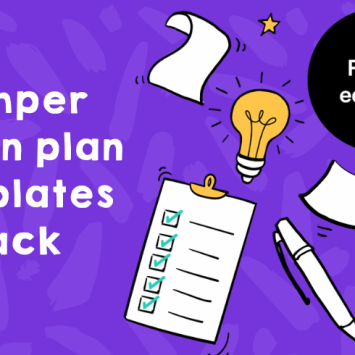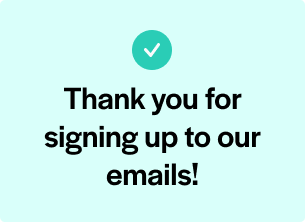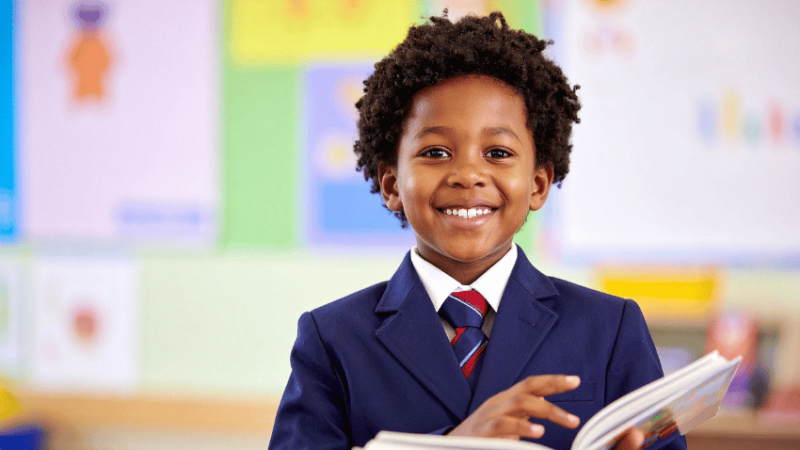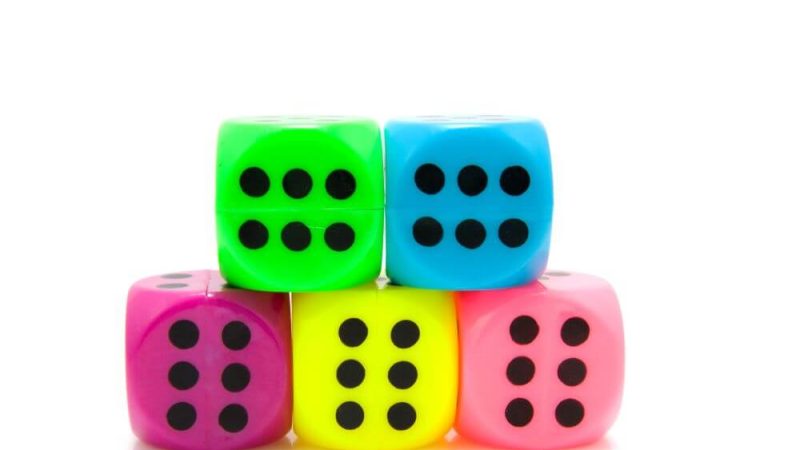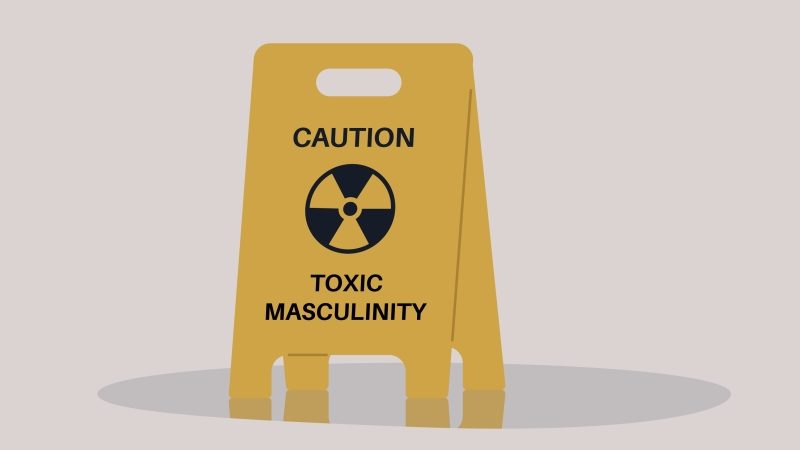School readiness – Looking beyond Early Learning Goals
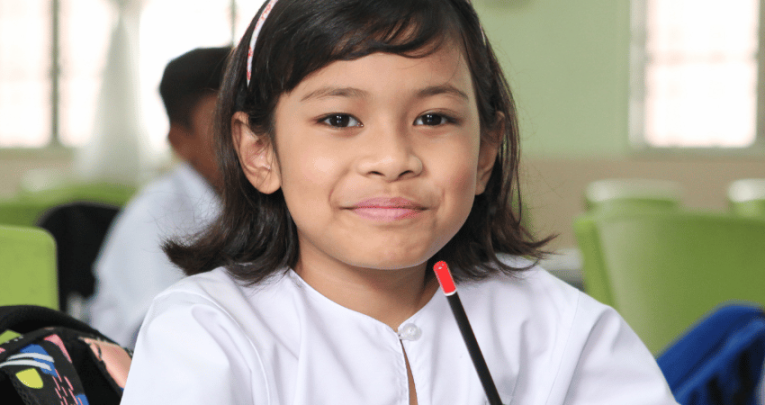
How to start off on the right foot and help propel your pupils towards their best chance of school success…

- by Dr Julian Grenier CBE
- Senior content and engagement manager for early years at EEF Visit website
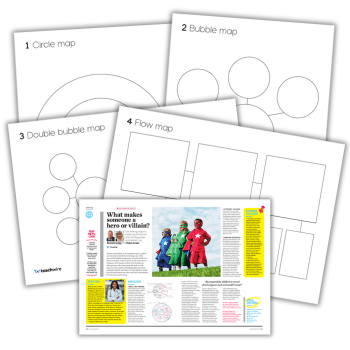
‘School readiness’ is a hot topic right now, but it seems it can mean different things to different people.
At the end of 2024, the prime minister announced the target of 75 per cent of five-year-olds reaching a ‘good level of development’ (GLD) in the Early Years Foundation Stage Profile by 2028.
He explained that this will ensure children are “starting primary school ready to learn”. At almost the same time the government announced this target, Kindred Squared shared findings that whilst 90 per cent of parents consider their children to be ‘ready for school’, teachers think that 33 per cent of pupils are not. ‘School readiness’ is a very contested subject.
EYFSP
The Early Years Foundation Stage Profile (EYFSP) is the statutory measure of children’s attainment at the end of Reception. The GLD measure means that a child has achieved all 12 Early Learning Goals in:
- communication and language
- physical development
- personal, social and emotional development
- literacy
- mathematics
There are also other Early Learning Goals in the areas of understanding the world and expressive arts and design.
Teachers assess children as either at the ‘expected’ or the ‘emerging’ level, with the ‘exceeding’ level removed in the 2021 EYFS reforms. The assessments are based on teacher judgement, without any statutory moderation.
Binary assessment
Understanding the EYFSP and school readiness isn’t straightforward. For a start, whilst it is described as a measure of ‘school readiness’, children have been in school for a full year by the time the EYFSP is carried out.
Secondly, the binary nature of the assessment can make it hard to interpret. For example, we assess a child who understands a lot about number, but can’t yet ‘automatically recall (without reference to rhymes, counting or other aids) number bonds up to five (including subtraction facts)’, as at ‘emerging’.
We’ll also assess another child who isn’t yet able to count to 10 as ‘emerging’. Clearly, these two children are at very different levels of development, despite the fact that we describe both as ‘emerging’.
However, that’s not to say the GLD isn’t important. There is a strong association between children achieving the ‘Good Level of Development’ and going on to achieve well throughout school.
For example, the DFE-funded SEED Study (Study of Early Education and Development; Gardiner and Melhuish, 2021) found that:
- children who achieved GLD were more likely to reach expected levels in reading and maths at the end of Key Stage 1
- achieving the GLD is associated with better language, cognitive, and social-emotional outcomes up to age seven, which is as far as the study currently goes
Inequalities
It is also notable that children’s outcomes are already very unequal by age five. For example, in summer 2024:
- 51 per cent of children eligible for free school meals achieved the GLD
- 72 per cent of children not eligible for free school meals achieved the GLD
- National gap: 20.5 percentage points
On average, according to the Education Policy Institute (EPI), the gap at the end of the EYFS will double by the end of primary school, and double again by the end of secondary.
There are also significant gaps between children of different ethnicities and between boys and girls. Acting early, to prevent these gaps from opening and widening, is a key priority for all schools.
Acting on outcomes
So how should teachers and educators in schools make sense of the EYFSP and put it to good use? First, staff in Reception need to bear in mind that the EYFSP only samples some of what children need to know and be able to do.
A good Reception curriculum needs to be much broader than that. For example, there is no Early Learning Goal to check children’s mathematical understanding of shapes and measures, but this is a vital element of a strong maths curriculum.
As the National Centre for Excellence in the Teaching for Mathematics (NCETM) comments, ‘spatial skills are important for understanding other areas of maths and children need structured experiences to ensure they develop these’.
Thinking long-term
Secondly, it is more important to check that children securely understand key aspects of the curriculum, rather than rushing them towards the goal.
To take maths as an example again, repeated ‘drilling’ in number bonds to promote automatic recall is not sensible if a child is still struggling to understand composition of number (that numbers are made up of other numbers, like 5 being made up of five ones, 1 and 4, or 2 and 3).
Similarly, the goal for the end of Reception is that children can ‘write recognisable letters, most of which are correctly formed’.
However, for long-term success, it is important that children learn correct letter formation, which requires systematic handwriting instruction.
So, it makes sense to help children develop the large and small motor skills they need first and then teach them correct letter formation later.
Otherwise, poor pencil grips and writing habits can become embedded whilst children are still very young – and hold them back later.
Schools need to think long-term rather than putting an undue focus on the ELGs. Additionally, when it comes to thinking about school readiness, it’s always worth asking ourselves whether school is ‘ready for the child’.
High-quality, inclusive teaching and curriculum planning is about ensuring that Year 1 is a place where every child feels that they belong and can thrive.
EYFS to Y1 transition kit
It’s crucial to have a sound process for transition between Reception and Year 1. Think about:
- Involvement of the Year 1 team in reviewing or moderating the EYFSP. This will ensure that everyone is clear about what the assessments mean.
- Ensuring that you share precise assessment information when a child is ‘emerging’. It is important for the Year 1 teacher to know exactly what a child knows and can do, and what they still need to learn. For example, if a child is ‘emerging’ in literacy, they may not be able to ‘say a sound for each letter in the alphabet and at least 10 digraphs’. The receiving teacher will need to know which letters and digraphs they can say a sound for, and which they can’t, so that teaching can build on the child’s existing knowledge.
- Procedures to enable children to consolidate EYFS learning in Year 1. It is important to apply the Year 1 programmes of study flexibly, so that pupils build on the learning they secured in Reception. The EYFS is called the ‘Foundation Stage’ for a reason! It isn’t helpful to skip over foundational knowledge and skills: without strong foundations, children are likely to struggle.
Dr Julian Grenier CBE is the co-author of Putting the EYFS Curriculum into Practice (£25.99, Sage).



